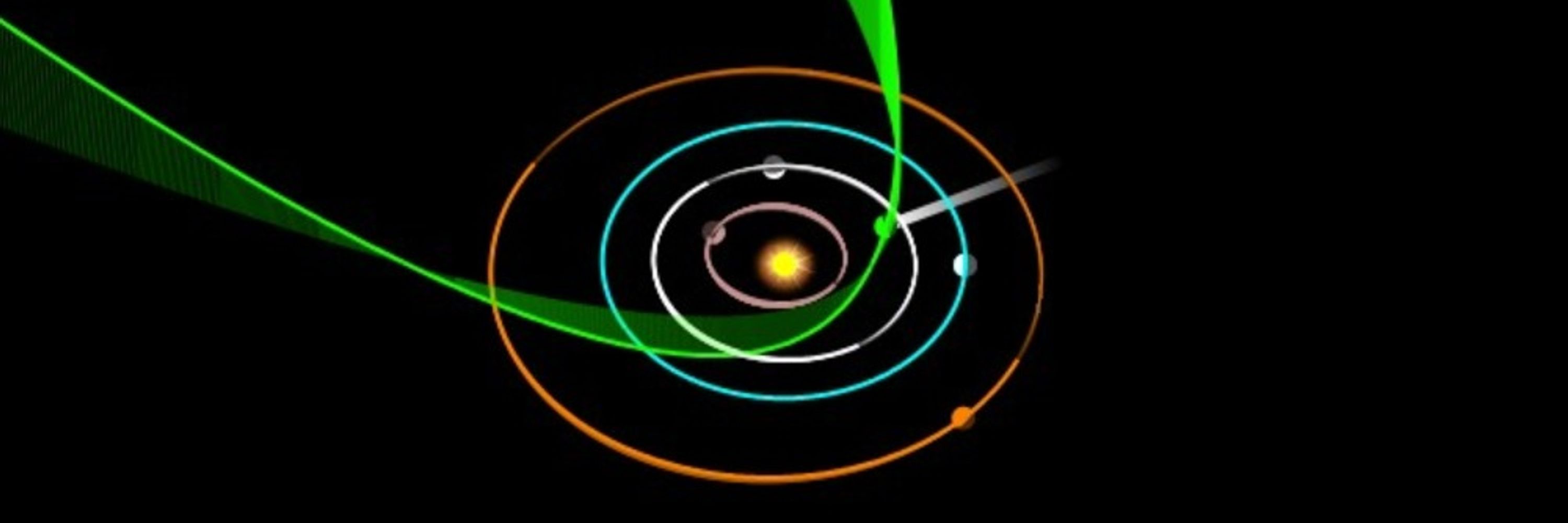
Unlike our quasi-moon 2025 PN7, this one is actually bound to Earth, for now.
Its orbit is pure chaos. Enjoy it while it lasts. It’ll probably be demoted to space junk.
Unlike our quasi-moon 2025 PN7, this one is actually bound to Earth, for now.
Its orbit is pure chaos. Enjoy it while it lasts. It’ll probably be demoted to space junk.
Simple test:
🔴 Delete the Sun.
– Still orbiting Earth, even years later? Mini-moon (bound), like 2024 PT5.
– Gone forever? Quasi-moon, like 2025 PN7.
Simple test:
🔴 Delete the Sun.
– Still orbiting Earth, even years later? Mini-moon (bound), like 2024 PT5.
– Gone forever? Quasi-moon, like 2025 PN7.
The new paper “Meet Arjuna 2025 PN7” confirms #asteroid 2025 PN7 is trapped in a quasi-satellite orbit, looping around Earth (in a rotating frame) from the 1960s to the 2080s.
iopscience.iop.org/article/10.3...
The new paper “Meet Arjuna 2025 PN7” confirms #asteroid 2025 PN7 is trapped in a quasi-satellite orbit, looping around Earth (in a rotating frame) from the 1960s to the 2080s.
iopscience.iop.org/article/10.3...
Thanks @adamsspaceresearch.bsky.social for the research and trajectory data. @i4interstellar.bsky.social
Thanks @adamsspaceresearch.bsky.social for the research and trajectory data. @i4interstellar.bsky.social
My sim: 2000 clones; 72 hit.
My sim: 2000 clones; 72 hit.

